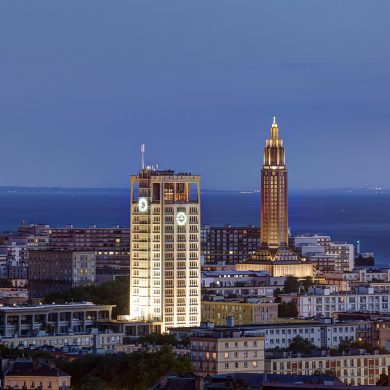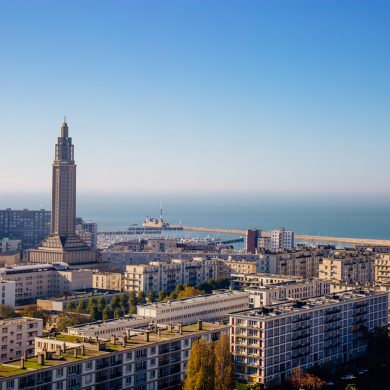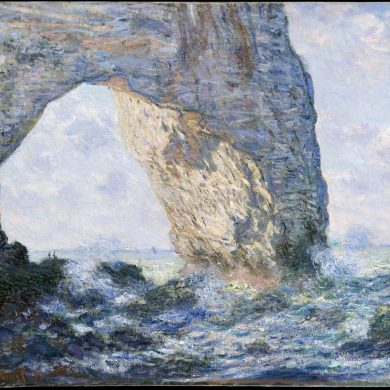Le Havre in all seasons
Updated on 24 June 2020
Reading time: 1 minutes
In Normandy, every place tells its own story. A concrete city by the sea is probably the last place that springs to mind when considering your next holiday destination. But Le Havre is like no other holiday destination. It’s different. Unique. Intriguing. Listed by UNESCO as a World Heritage Site in 2005, this city was the first post-war reconstruction in Europe, and offers an exhilarating blend of culture and heritage that will satisfy even the most fervent arts and history buffs. Renowned for its unusual architecture, Impressionist heritage, foodie scene, nightlife and entertainment, there are plenty of reasons to visit Le Havre all year round.
Le Havre in spring
Spring marks that wonderful time of year when flowers begin to bloom, temperatures begin to rise, and skaters return to the biggest outdoor skate park in France – right on the seafront of Le Havre. Now a well-established feature of the lcoal landscape, this vast skate park attracts both the best skaters in the city and newcomers, as well as crowds of spectators. Definitely a place to check out if you’re into your skating!
LE HAVRE IN summer
Perfect for beach bums, Le Havre combines the buzz of the city with relaxed seaside vibes, with its 2km pebble beach providing the perfect backdrop for scenic summer walks, a refreshing dip in the sea, a picnic, a spot of watersports or a drink with friends as the sun goes down.
LE HAVRE IN autumn
Autumn in the city is for relaxing days on the beach, visits to the city’s modern art museum (MuMa) or taking in the changing colours on a walk up to the Hanging Gardens on the hill overlooking Le Havre. Head to Sainte-Adresse for superb west-facing sunset views before making your way back to the city centre via the majestic Porte Océane (‘ocean gate’).
LE HAVRE IN winter
The bright lights of Le Havre are sure to get you in the festive spirit! Enjoy immersive illuminations on the city’s modern structures: architect Auguste Perret’s historic city centre, St Joseph’s Church and the mighty white ‘Volcano’, designed by Brazilian architect Oscar Niemeyer.


